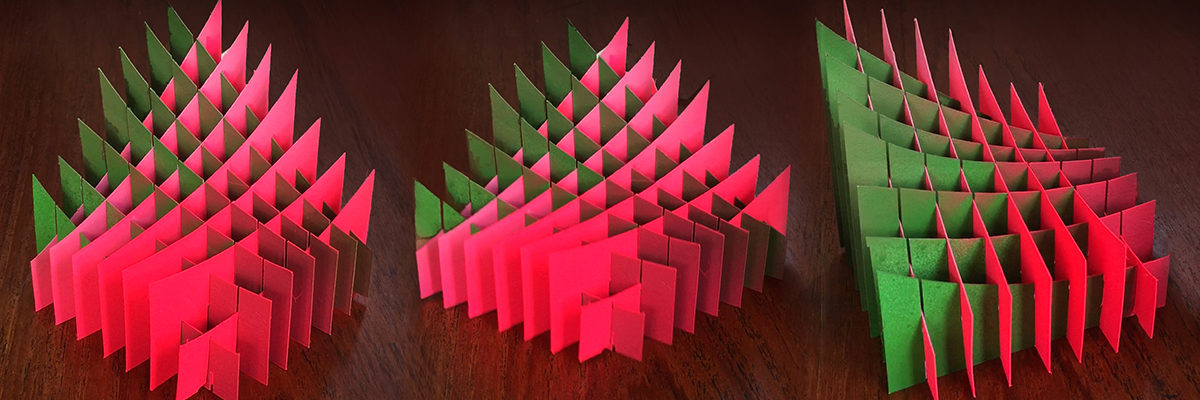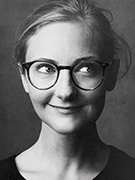
Paper Engineering
with
Kelli Anderson
“The distant universe and our immediate world can both be found in paper.” – Kenya Hara
Paper-engineering can be a bridge between concepts, mathematics, narrative, and our human sensory experience of the world. In this class, we will explore the wide variety of ways that a humble piece of paper can produce function. And how that function can support a design goal, a narrative, or an explanation.
What we can learn from paper engineering comes from non-overlapping disciplines of origami, book arts, compliant mechanisms, pop-ups, industrial design, volvelles, Victorian papercraft, and 16th c. Astronomy books. These mechanisms and techniques originate from sources as disparate as Troublewit performance props, pre-television paper-based entertainment (like Meggendorfer’s linkage-based cards), and NASA’s deployable spacecraft design. This class will provide entrance into this large body of knowledge, most of which has not yet been digitized.
When we fold, we imbue an inert material with pattern, structure, animation, function, and tangible “interface”. Folded structures give us a means to touch and manipulate difficult problems—offering an inroad for applying physical intuition. Because of this, interactive physical structures offer an infinitely more vast possibility for sensory drama, sensory narrative, and sensory explanation than their digital counterparts.
Physical prototyping with paper also offers a nimble back-and-forth between digital and physical realms, allowing ideas to be quickly tested against physical forces. Students will understand how their digital and manual skills might be used in a complementary manner to explore new dimensions in their design, book-arts, architectural, or sculptural practices. They will be shown several different ways to prototype and produce their work, ultimately working towards a final project.
Students will be provided an overview of various cross-cultural paper engineering techniques and resources, as well as prototyping strategies and support for their independent final project. We will develop manual-folding and cutting skills—as well as discuss the challenges of documenting/presenting interactive paper pieces online. We will fold together, troubleshoot together and there will be lectures, artist presentations, software demos, and virtual field trips.
Experience using paper to tap into physical forces in the world in order to produce function
A thorough discussion of what paper-based and folding disciplines can bring to 21st-century tech problems
An introduction to prototyping methods, equipment, code-based modeling, and testing strategies
This class is right for technically-minded students with great manual skills. Students will walk away with strengthened conceptual skills in giving content a physical format, an abundance of open-source real-world resources to draw upon, and better manual construction skills. The knowledge of this class might be applied to art-making, artist bookmaking, packaging design, pop-up book design, data physicalization problems, architecture, product design, and pedagogy.
About Kelli Anderson

